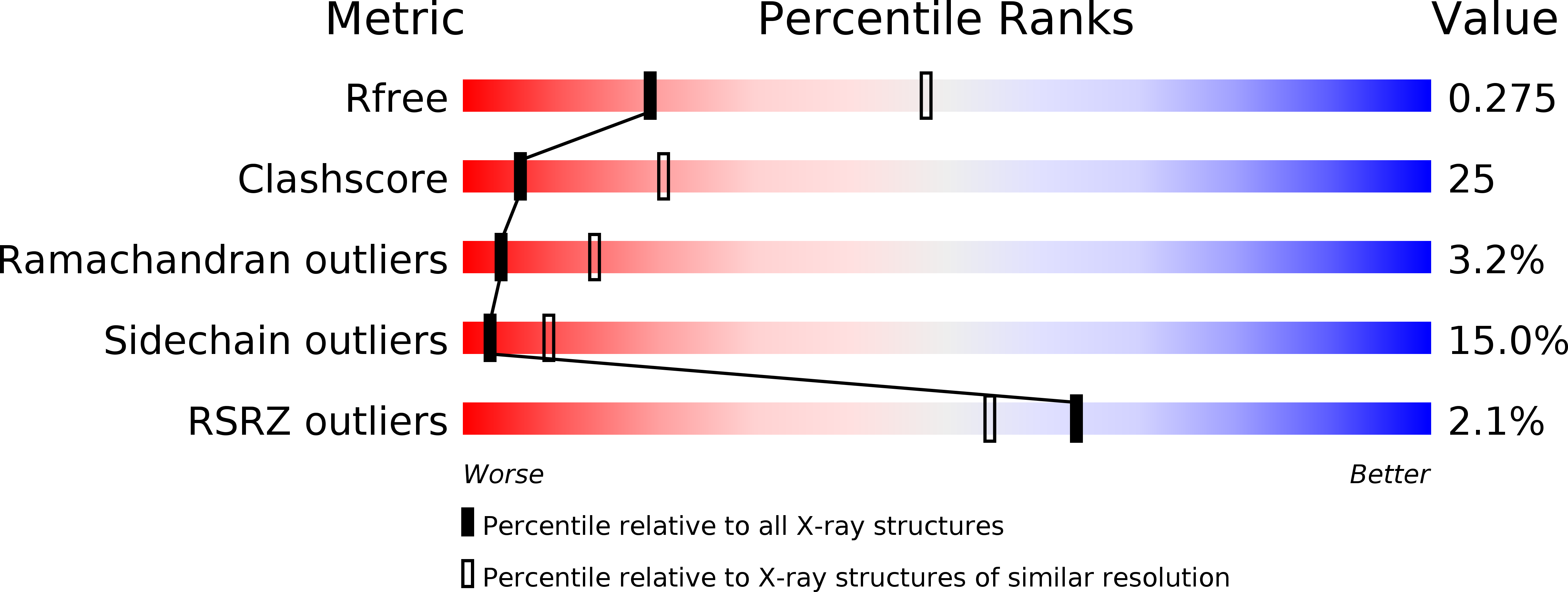
Deposition Date
2009-06-09
Release Date
2009-06-23
Last Version Date
2023-09-06
Entry Detail
Biological Source:
Source Organism:
Streptococcus gordonii (Taxon ID: 1302)
Host Organism:
Method Details:
Experimental Method:
Resolution:
2.80 Å
R-Value Free:
0.28
R-Value Work:
0.23
Space Group:
P 41 21 2


